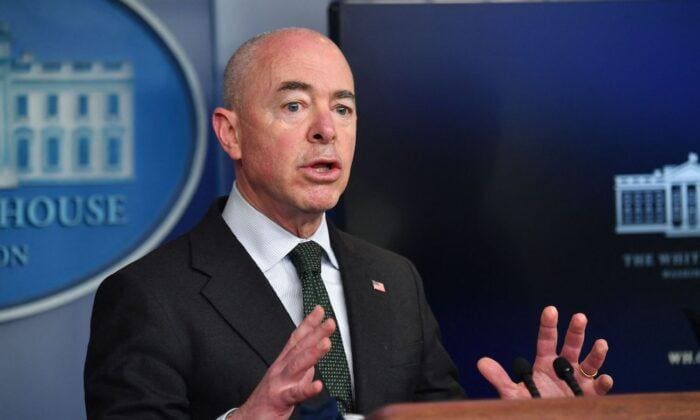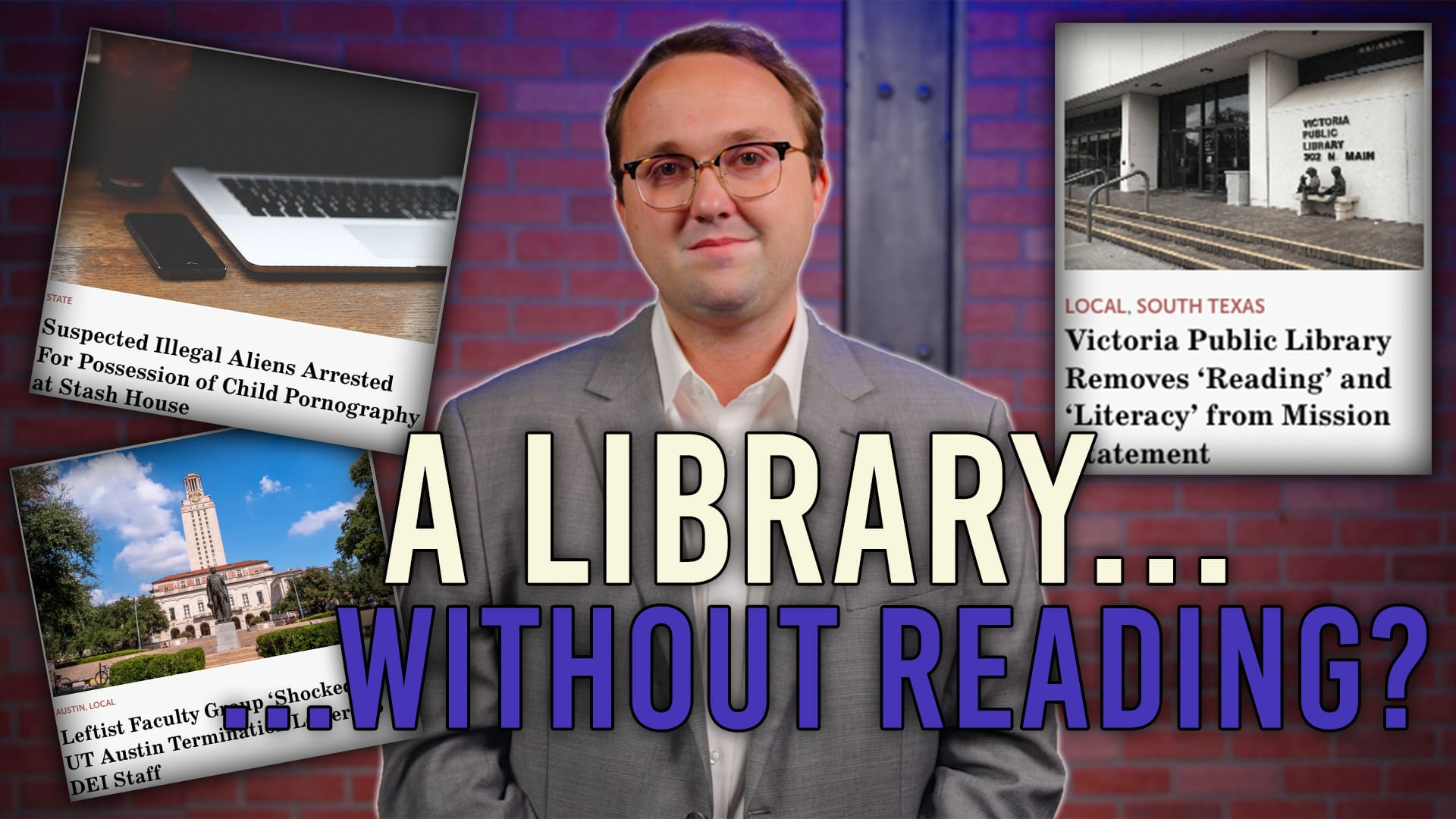Despite lacking a “general plan” over the years, Houston has nonetheless enjoyed economic diversity, expansive growth not confined to the city center, and an affordable lifestyle. These successes have to be attributed to the city’s ability to respond to the needs of businesses and people who call it home, and not because of bureaucratic decree.
A general plan is a set of common goals that city officials, agencies, and residents are expected to aim for. The goals are created with the intention of increasing the quality of life for residents, but what we have seen with general plans in other major cities is just another way to expand local government and justify pet projects for the benefit of a few stakeholders.
Houston has thrived due to a business friendly climate and the volition of its residents, not central planning.
General plans reinforce the “Smart Growth” goals, which attempt to argue that city officials know best how to structure a growing city. Houston may not be perfect, but its population growth and economic output have exceeded the national average for years, hardly making a compelling case for increased governmental structuring. More than a general plan, the city needs a management plan for governance so that elected officials will better utilize the resources taxpayers entrust them with.
The draft goals compiled by Mayor Annise Parker and her steering committee include improving everything from public services to culture, while completely ignoring the city’s self-inflicted financial problem. Instead of directing the city to work together to cut spending or pay off any amount of debt, the mayor instead prefers to continue pushing social-engineering agendas, drafting goals for the purpose of creating, “a city that enables healthy, active lifestyles, and social well-being.”
Another draft goal in the Houston plan falls under the category of “Public Services.” The goal is, “an affordable, multi-modal transportation network providing convenient access and mobility throughout the region for people and goods.” Just like with the removal of car lanes downtown to implement bike lanes, and the “improvement” plan on Allen Parkway, the city is pushing an agenda that calls for an increase use of bikes, buses, and light rail to get around the city.
Smart growth planners fail to realize that Houston wasn’t created like New York City – it wasn’t built to traverse on foot or bikes. Even mass transportation is difficult in the city because of how widespread it is. By nature Houston has developed into a city best traveled by car, and most residents’ prefer to use personal transportation as indicated by the abysmal ridership numbers of Houston’s light rail system. Mayor Parker’s administration has used various means to encourage alternative methods of transportation but ignore the fact that the people choose to drive.
Educating people and developers about the right way to build, and the impact of developments on the city around them, is more beneficial than setting an arbitrary list of milestones with little to no public input and expecting everyone adjust their lifestyles just to achieve them. When governments take charge in planning cities they tend to duplicate the layouts of other cities. Houston isn’t a typical city and should continue the model of self-organizing. As Lars Lerup, a Rice University architecture instructor, says, “In a self-organized city, developers, take risks, and some don’t work out. We have to re-engineer the mistakes.” Houston should continue to allow for this type of market growth as opposed to being directed by general plans that have become so popular in other cities.



